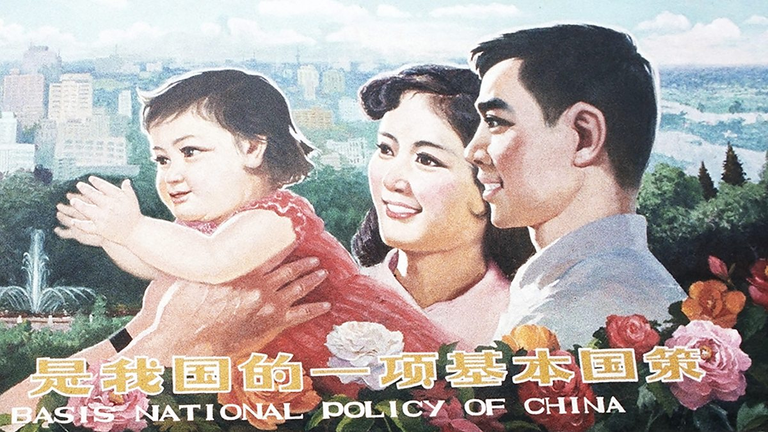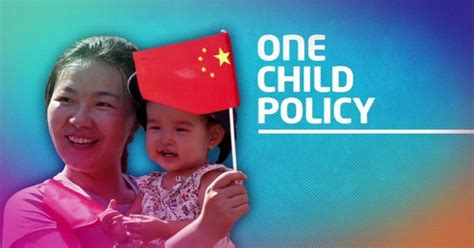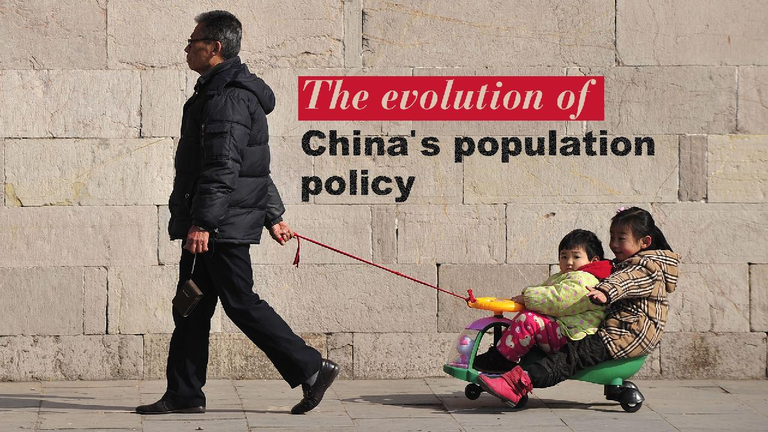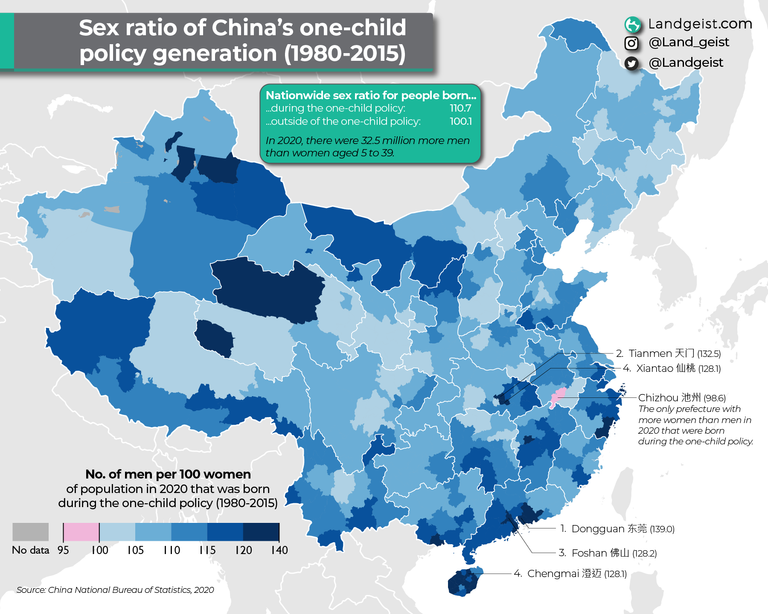
China's One-Child Policy, implemented in 1980, was a population control measure aimed at curbing the nation's rapid population growth. While it succeeded in reducing birth rates, the policy has been a subject of extensive debate regarding its long-term implications.

Objectives and Immediate Outcomes
The primary goal of the One-Child Policy was to alleviate social, economic, and environmental challenges by limiting most urban couples to a single child. This initiative effectively slowed population growth, contributing to economic development and increased per capita resources. However, it also led to unintended consequences that have become more apparent over time.

Demographic Challenges
One significant outcome of the policy is China's current demographic imbalance. The nation is experiencing a rapidly aging population, with projections indicating that by 2035, 30% of Chinese citizens will be over the age of 60. This shift poses challenges for the workforce and increases the burden on social support systems. Additionally, the policy contributed to a gender imbalance due to a cultural preference for male children, leading to a higher number of men than women in the population.

Economic Implications
The shrinking workforce resulting from the policy has raised concerns about sustaining economic growth. With fewer young people entering the labor market, industries face labor shortages, potentially hindering productivity and innovation. The aging population also increases healthcare and pension costs, straining public resources.

Policy Revisions and Current Efforts
In response to these challenges, China has revised its family planning policies. In 2015, the government allowed couples to have two children, and in 2021, this was further extended to three children. Despite these changes, birth rates have continued to decline, indicating that policy adjustments alone may not be sufficient to reverse demographic trends.

Conclusion
While China's One-Child Policy achieved its immediate objective of controlling population growth, it has led to complex demographic and economic challenges. The policy's legacy underscores the importance of considering long-term implications in population management strategies.

Check out these links and just open them in your browser.
https://www.wsj.com/world/china/china-elderly-aging-babies-fertility-coal-mines-43c0b34f